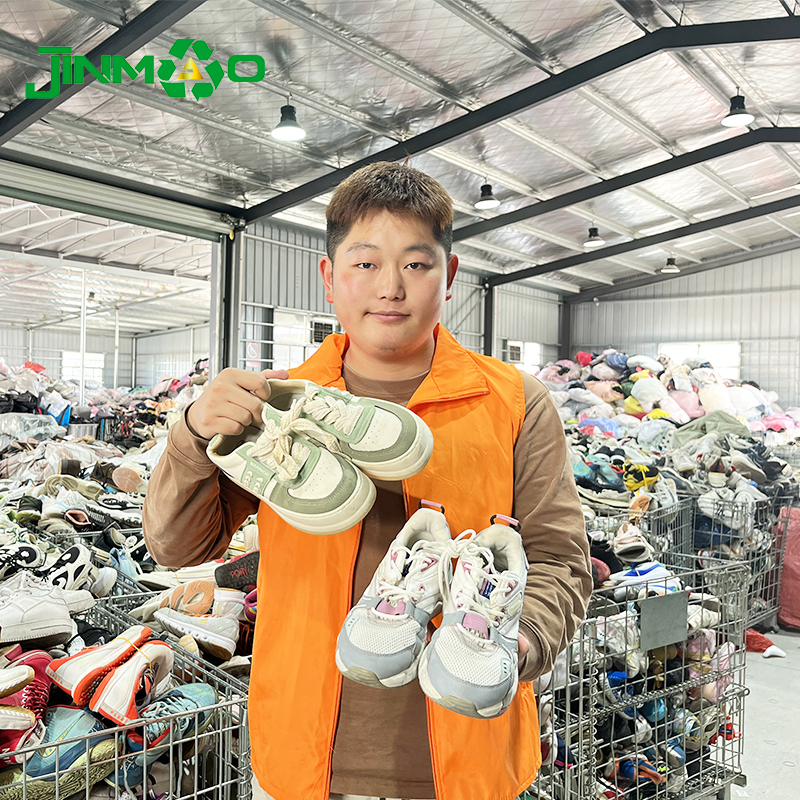
28
Sep
Jinmao about Emergence of Second-Hand Bulk Shoes in the African Market
The global trade of second-hand goods has seen substantial growth over the past few decades, with second-hand bulk shoes emerging as a lucrative niche in the African market. The penetration of these items into the African market can be attributed to a complex interplay of economic, social, and logistical factors which facilitate their distribution and sale.
The first critical factor is the relatively lower purchasing power in many African countries. New shoes are often too expensive for a considerable segment of the population. Consequently, second-hand bulk shoes provide a more affordable alternative without compromising significantly on quality. These pre-owned shoes are predominantly sourced from developed countries where the culture of consumerism leads to frequent replacements of footwear, often barely worn. Charitable organizations and recycling businesses in these countries gather these shoes, which then enter the resale market.
Logistics play a vital role in the supply chain of second-hand bulk shoes. Efficient shipping networks enable bulk quantities of these shoes to be transported at relatively low costs. Importantly, businesses dealing in second-hand goods often utilize maritime freight, which offers substantial capacity at a fraction of the cost of air transport. Upon arrival at African ports, these shoes are then distributed through wholesale markets to various retailers, ensuring widespread availability.
Cultural acceptance is another influential factor. In many African countries, there is a long-standing tradition of valuing and reusing second-hand goods. Second-hand shoes are often seen as not just economical but also as a way to access international brands that might be unattainable otherwise. This cultural inclination towards sustainability and reusability further drives the market demand.
Marketing strategies also contribute to the success of second-hand bulk shoes. Local businesses and entrepreneurs adopt innovative methods to attract customers, including street markets, social media advertising, and collaborations with local influencers. These strategies ensure that a broad demographic is reached, from urban centers to rural areas, thereby maximizing market penetration.
Regulatory frameworks in many African countries are supportive of the importation and sale of second-hand goods. While regulations vary, many governments recognize the economic benefits brought by the second-hand market, including job creation and affordability of goods. This regulatory support streamlines the import process and reduces potential barriers for bulk imports.
In conclusion, the market for second-hand bulk shoes in Africa is growing due to a combination of economic affordability, efficient logistics, cultural acceptance, strategic marketing, and supportive regulations. These factors collectively ensure that second-hand shoes not only reach the market but thrive, providing a sustainable and economically viable option for many African consumers.
